WaterViews | India
Compared to other environmental issues, Indians consider water pollution and fresh water shortages to be the most serious, together with failed food crops because of weather.
Circle of Blue Reports
Photographs by Anita Khemka/Contact Press Images
Compared to other environmental issues, Indians consider water pollution and fresh water shortages to be the most serious, together with failed food crops because of weather. On specific water issues, majorities demonstrate concern for all issues. Indians do not feel especially empowered as individuals to address water problems, and three-quarters say they need more information to be able to help protect water. Indians hold government the most responsible for community water supply.
When prompted on eight environmental issues, Indians consider water pollution, fresh water shortages, as well as failed food crops because of weather to be the most serious. Concern for air pollution is also high. Seventy-one percent of Indians surveyed agree that it is important for all people to have adequate, affordable drinking water. Seventy-four percent worry that fresh water shortages will become an increasingly severe problem worldwide.
Majorities demonstrate concern for particular water issues in India. Although there is little differentiation among these issues, concern for the cost of water tends to be lower than concern for other water issues (60 percent are very concerned).
When asked who should be held responsible for ensuring clean water in communities, Indians place primary responsibility on the government (44 percent). Approximately one-third of respondents believe large companies, water companies and individual citizens bear complete responsibility. Little responsibility is placed on farmers and NGOs. While Indians do not place primary responsibility on large companies, they do believe that companies need to be a part of the solution (66 percent agree).
A majority (66 percent) of Indians agree that water shortages are such a big problem that there is little individuals can do. Seventy-five percent indicate they need more information before they would feel able to help protect water.
Survey analysis provided by GlobeScan in cooperation with Circle of Blue. Download the complete GlobeScan/Circle of Blue Report [pdf].
 India by the Numbers
India by the Numbers
- Population: 1,166,079,217
- Population Demography: 29% urban | 71% rural
- GDP per Capita: US $2,800
- Access to Safe Drinking Water: 96% urban | 86% rural
- Access to Sanitation: 52% urban | 18% rural
- Daily Domestic Water Use: 128 L/day
- Water Use by Sector: 8% domestic | 5% industrial | 86% agricultural
India: Country Profile
Once the crown jewel of the British Empire and now the largest democracy on earth, India faces enormous environmental and economic challenges. Cities like Mumbai and Bangalore have well developed infrastructure but receive only four hours of piped water a day. Along the Ganges, the sacred river of Hinduism, two million bathers cleanse themselves daily in an ablution of fecal bacteria, untreated sewage, chemical runoff and partially cremated corpses.
Access to proper sanitation is, by far, the biggest water-related issue on the subcontinent. Open defecation is still viewed with remarkable social acceptance. Seven hundred million people in India do not have a toilet. The World Health Organization estimates that 700,000 Indians die each year of diarrhea. Other waterborne or water-contact illnesses include hepatitis A and E, typhoid fever and leptospirosis. Mosquito-borne diseases like malaria and dengue fever are also common.
A 2003 Indian government report found that in India’s four largest cities, barely 30 percent of wastewater is treated before disposal. The rest ends up in the rivers, lakes and groundwater that provide drinking water to more than 60 million people.
In cities across India, the average resident gets just over four hours of access to clean fresh water a day. In contrast, urban residents in other developing countries enjoy nearly universal 24-hour access. Even Colombo, just offshore in Sri Lanka, has running tap water 22 hours a day.
About 60 percent of Indians work in agriculture. Intensive cultivation of crops like rice, sugarcane and cotton on the Ganges Plain also puts stress on the country’s water resources. For example, it takes 3,000 to 5,000 liters of water to produce one kilogram of rice. India produces more than 100 million tons of rice annually.
In addition, nearly one billion people — most of them Indians — live in the shadow of the Himalayas, where alpine glaciers are rapidly melting under the effects of global warming — they are projected to disappear by 2035. If they melt, so does a source of seven of the world’s major river systems that provide water for 40 percent of the world’s population.
Find Circe of Blue’s past coverage on India here.
Circle of Blue provides relevant, reliable, and actionable on-the-ground information about the world’s resource crises.

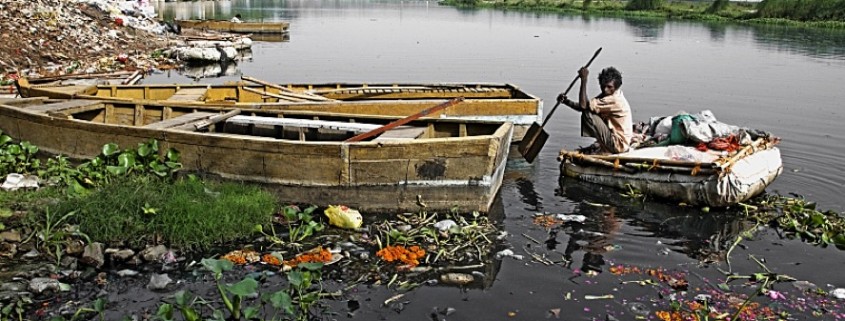
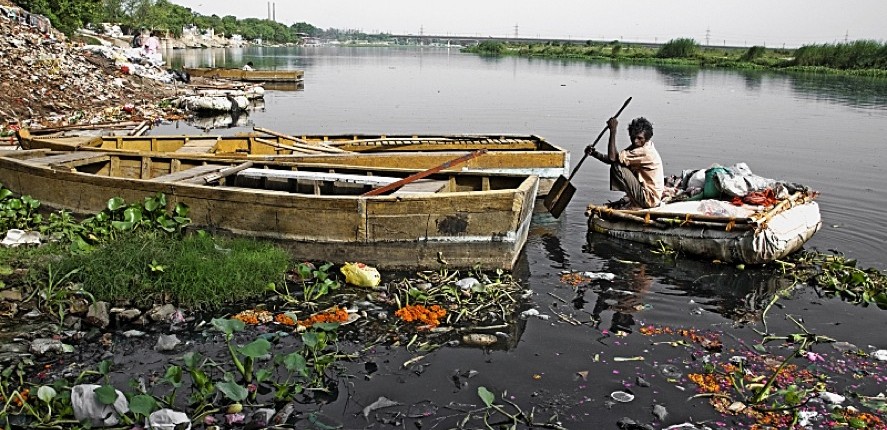
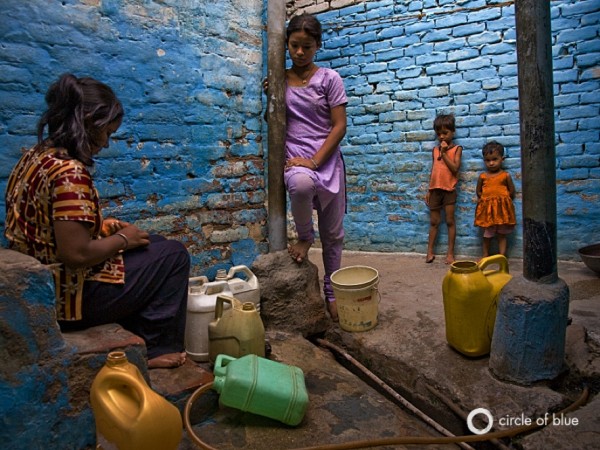
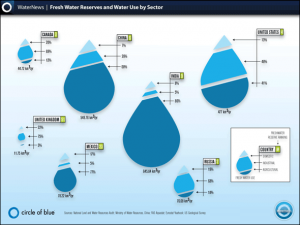


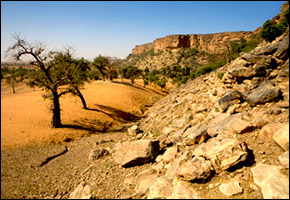
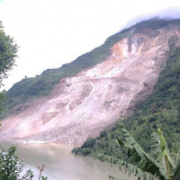
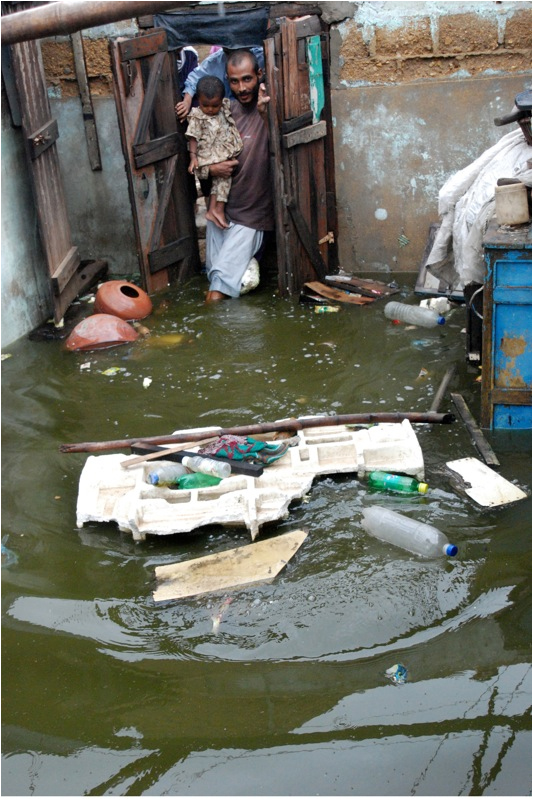


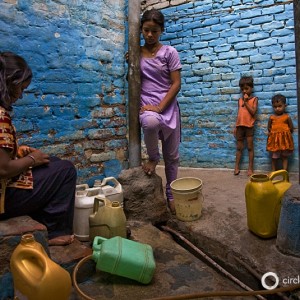
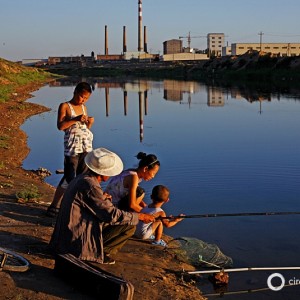
Leave a Reply
Want to join the discussion?Feel free to contribute!